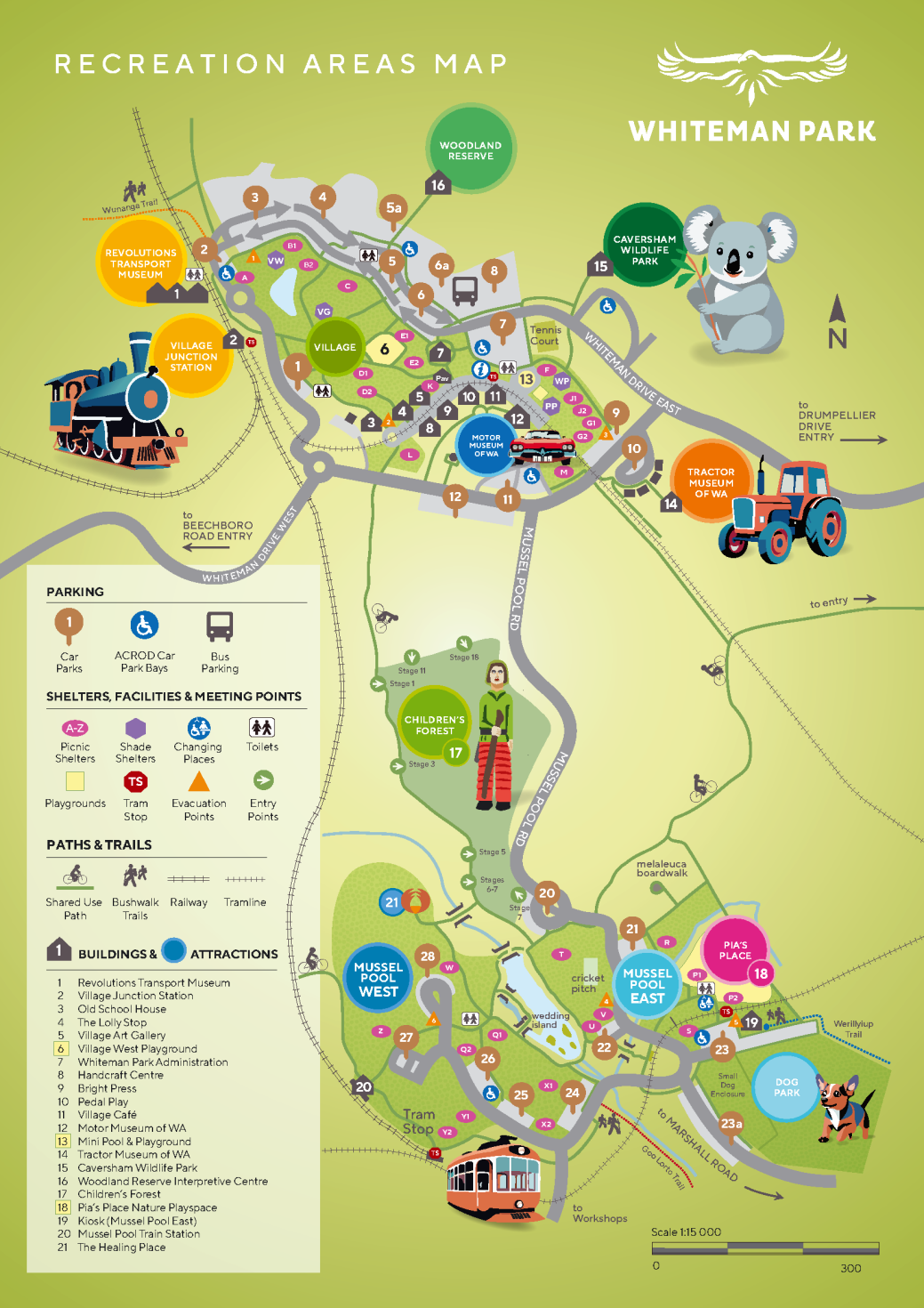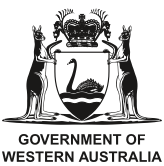Black-gloved wallaby
Macropus irma
Have you ever been lucky enough to spot one of our elusive, black-gloved wallabies in the Park? These speedy marsupials are rather shy and prefer to live in thick heathlands of the Park.
Like their big-footed cousins, the grey kangaroo, these wallabies are crepescular, meaning they are most active around dawn and dusk.
The endemic kwoora, or black-gloved wallaby, also goes by the name Western brush wallaby. Looking closely, you can see how it came to have these two common names - those distinctive black paws and that long, brush-like tail!
If you do happen to spot one, you will know if it is a black-gloved wallaby thanks to its very distinctive white face stripe!
Wallaby surveys
Each year, an enthusiastic team of Whiteman Park staff and volunteers spend a day walking the park’s bushland in search of this elusive mammal. This shy and usually solitary marsupial is seldom seen without the benefit of ‘flushing’ them out and the species is an important indicator of ecosystem health.
This fauna survey is organised in transects, with walkers covering many kilometres of thick bushland looking for the well-hidden wallabies. The number of individuals spotted is used to give us an estimated population size, which can be compared over the years.
FAUNA PROFILE
| Family | Macropodidae |
| Scientific name | Macropus irma |
| Noongar name | kwoora |
| Common name | black-glove wallaby Western brush wallaby |
| Conservation status | WA Priority 4 fauna |
| Habitat | grasslands, heathlands, woodlands |



Clockwise from top: a brush-tailed wallaby's white cheeks on show; the distinct fingers of the black-gloved wallaby; the wallaby's brushy tail.



